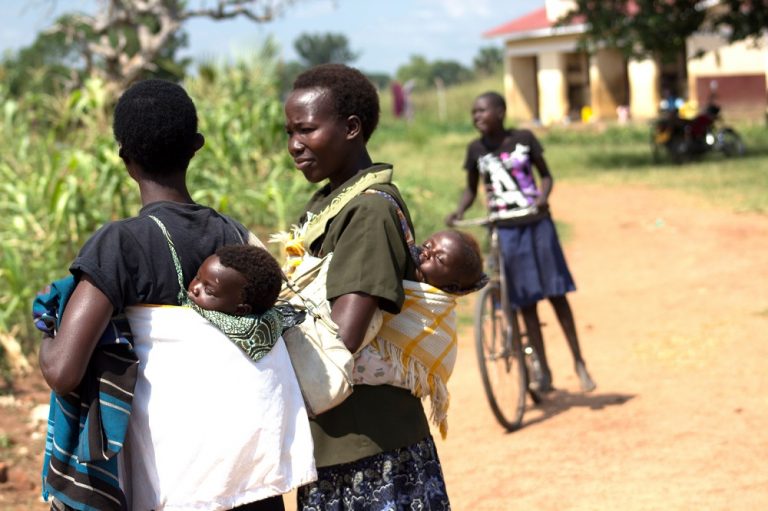“We used to think that when the mother has swollen feet she is pregnant with twins, but now we know that when we see a mother with swollen feet, it is important for that mother to go to the health unit.”
In 2015, 19 out of every 1,000 babies born in Uganda died within their first 28 days of life – 30,000 newborns in total. Many mothers also died during childbirth – 438 mothers for every 100,000 births.What is more tragic is that the majority of these deaths were entirely preventable. In many cases, they were the result of critical delays: delays in seeking care; delays in reaching health facilities; delays in providing quality care for women and newborns already in facilities.
A four-year project led by Uganda’s Makerere University, with technical support from UNICEF, the Future Health Systems Research Consortium and others, has been looking at ways to reduce these delays, getting pregnant mothers and newborns to life-saving care during the most critical moments – and in particular during the 48 hours before, during, and following the time of birth.
Many women in Uganda do not immediately seek care in an emergency because they do not know the signs of danger. For pregnant women, these signs include bleeding, severe headaches and abdominal pain; for newborns, signs of a problem can include a refusal to breastfeed, difficulty with breathing, fever, and general body weakness.

The Makerere intervention used home visits by community health workers, health education through radio spots, talk shows, and quarterly community dialogues to empower women to recognise these signs. Women receiving this information were much more likely to seek care when dangerous situations arose, reducing their own risk of preventable death, as well as the risk for their babies.
Makerere also looked at ways of improving access to transportation, helping pregnant women to reach facilities and lifesaving care more quickly by linking women to local savings groups and transport providers. At the same time, the project brought community health workers and midwives into communities, bringing quality care directly to women and newborns not receiving care through a health facility.
Delays within health facilities are often a symptom of poorly-trained staff with low motivation and a lack of infrastructure and equipment. The Makerere intervention gave health workers the opportunity to refresh their skills and earn new qualifications through training courses, mentorship, and postgraduate diplomas, leading to improved staff capacity and motivation. Incentive schemes to recognize best-performing facilities helped to improve motivation and the overall quality of maternal and newborn care services.
Critical to the success of the intervention overall was the strong participation and leadership of communities and local actors and the inclusion from the start of a research component. The programme aimed to strengthen existing institutions and structures, rather than starting from scratch, and by doing so, to promote sustainability.
While there is no single ‘magic bullet’ solution to addressing the many obstacles that keep mothers and newborns from care, efforts to build and strengthen high-quality health systems are paying off in lives saved. Countries like Uganda are taking important steps towards ending preventable mortality and creating a healthy future for every mother and every newborn.
This blog is cross posted from with thanks to UNICEF.
Stefan Peterson is Chief of Health, UNICEF
